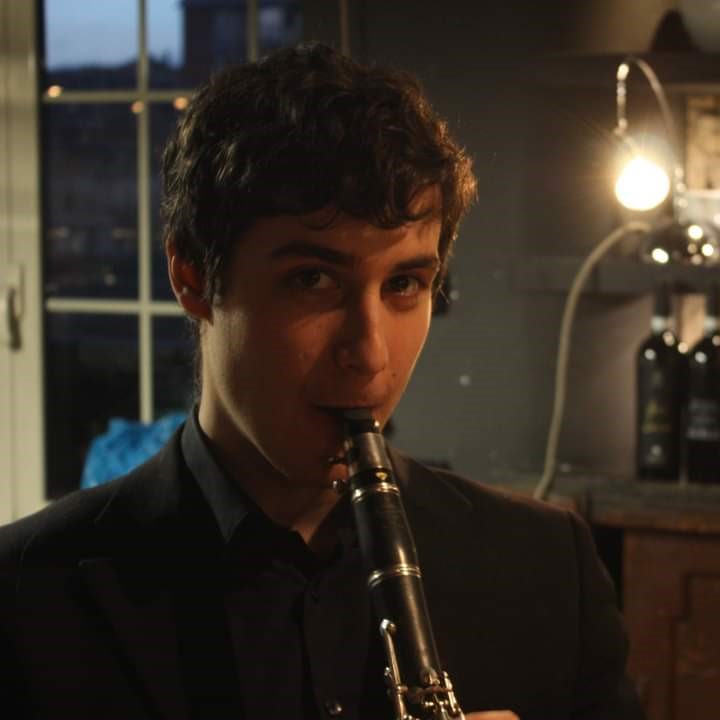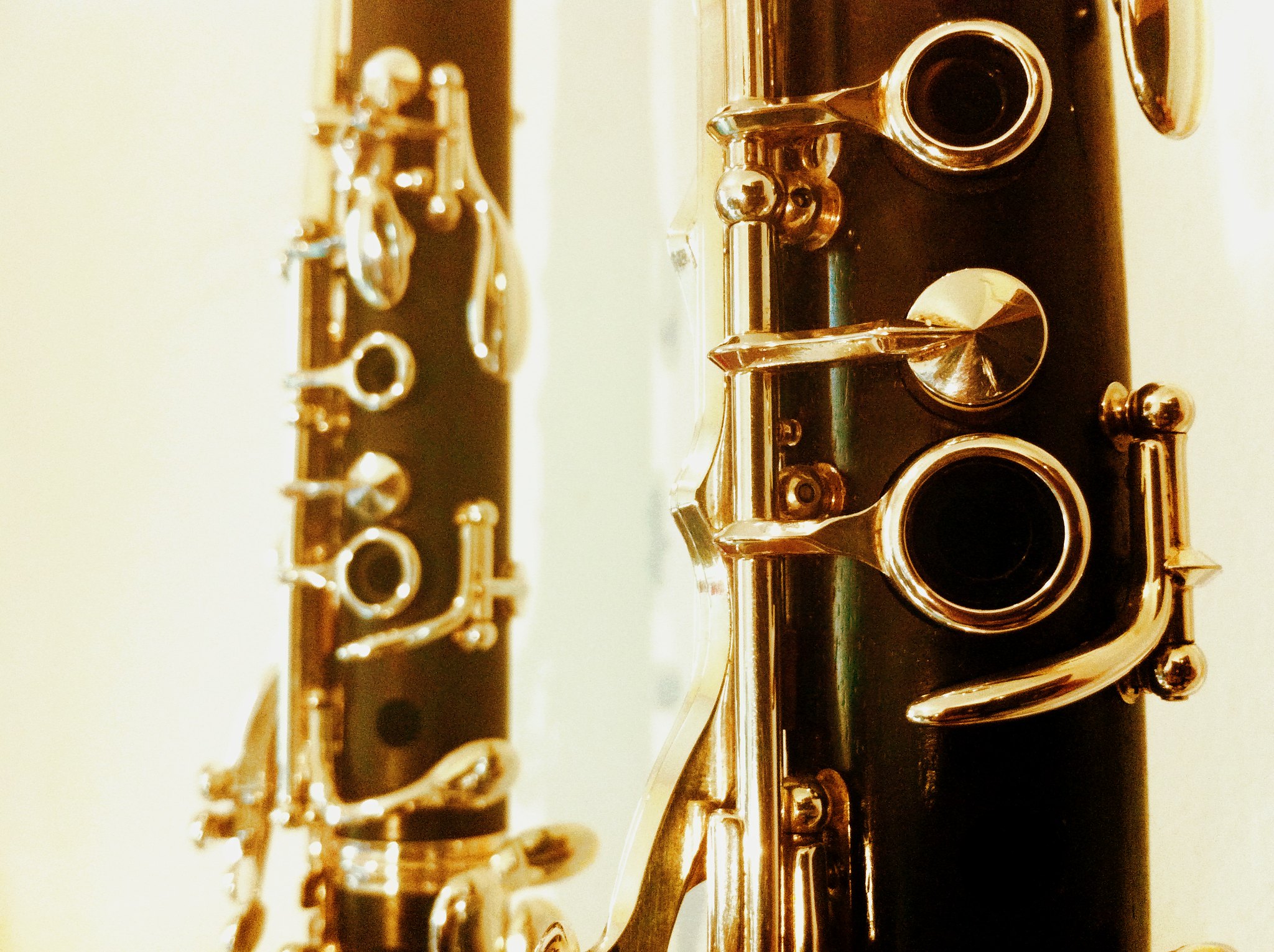A Brief Description Of Clarinets Today
The clarinet is a musical instrument which belongs to the woodwind family. In particular, it is a single reed woodwind instrument. This acoustical peculiarity is important when dealing with clarinet history. In a rough way, but useful for understanding its sound qualities, its extension is divided into three registers: the low register, called the chalumeau register, the intermediate register, called the clarion register, and the high register, called the altissimo register.
The low register has a dark, velvety and delicate timbre, as we can hear in the scene “Siam giunti” in Verdi’s opera Il Trovatore which opens with two clarinets in the low register together with the bassoon.
The middle register has a delicate but at the same time brighter tone and is the most used in the orchestra as it has a better projection in larger spaces.
The high register is the most shrill and, if not controlled by expert lips, it risks becoming easily disturbing and annoying.
The Birth Of The Clarinet
In 1700, Johann Christian Denner, a craftsman from Nuremberg, created the clarinet. There has always been a debate on the inventive or innovative nature of Denner's work, given that rudimentary simple reed instruments had existed for centuries; in particular, the clarinet has often been considered as a direct descendant of the chalumeau, a medieval instrument with a single reed.
In fact, due to the acoustics of Denner's clarinet itself, different from that of previous instruments but very similar to that of current clarinets, despite the necessary mechanical changes made by various craftsmen up to the present day, it’s likely that Denner’s clarinet was a true invention, perhaps stimulated by the instruments existing until then.

The work to perfect the instrument was continued by Denner's sons, who added the first two keys into the clarinet. We remember Jacob Denner in particular: he completed the extension of the clarinet, which lacked the natural B of the second octave, obtainable only by flattening the C with the lips.
Due to the almost total absence of even harmonics, the clarinet sounds a twelfth higher opening the register key. Denner stopped looking for the natural B through holes higher than the Bb, but found the lacking note by increasing the extension of the instrument downwards by a semitone. In this way, he obtained the low E, which, through the opening of the register key, became the B of the second octave.
A Huge Change
Leaving aside the various technical innovations that occurred in the meantime, we come to one of the fundamental steps in the development of the instrument: Ivan Müller's omnitonic clarinet, the first instrument able, at least in theory, to play in all keys. His clarinet featured thirteen keys, but the true genius of his work was the way they were built, placed, arranged on the hole and coated. This represented the most significant advance since Denner's time.
In 1812 Müller presented his clarinet to the examination of the commission of the Paris Conservatory, but the instrument was incredibly rejected: the reason was that, being the new clarinet capable of playing in all keys, it would have led to the disuse of the various instrument built in different keys, and therefore to the loss of the peculiar timbres of each instrument.
Since Müller was a great virtuoso, the instrument spread thanks to the success that the musician achieved. From this instrument there was a branch that led to the parallel development of two systems: the Klosé system, commonly called Böhm system, and the Öhler system.
Klosé applied the principle that Böhm had applied to the construction of the flute: they both engaged a series of ring keys. These put into action other keys that covered one or more different holes at a certain distance, allowing the fingers to close holes well beyond their natural range, without having to shrink or bring these holes closer to adapt them to the structure of the hand.
The number of keys on Klosé's instrument was the same as the majority of those in use today: 17 keys and 6 rings help the hands to control 24 holes.
In the Germanic world, however, a parallel path was followed to improve the mechanics, intonation and speaking of some notes of Müller's clarinet. Carl Bärmann, a great virtuoso and teacher, worked in this direction. In fact, his instrument was the one played for years by Richard Mülfeld, the great clarinetist who inspired Brahms for his marvelous quintets, trios and for the two sonatas.
The Clarinet in Modernity
Later, with Robert Stark and finally with Oskar Öhler, we came to the modern German clarinet, which combined certain advantages of the Böhm system with those of the Müller system. Öhler's mechanism is much more complex than Klosé's and also more functional acoustically, since it eliminates fork notes. Fork notes are notes whose fingering forces the air column to come out of two holes, with a finger that forces the lower of the two to action, while the acoustics would require otherwise; Öhler's mechanism, "guilty" finger, instead of playing a real fork note, operates a key connected to a lateral hole, positioned in such a way as to sound as if the note were not forked. In London, Geoffrey Acton applied this system to the Klosé clarinet with great success.
Currently, some brands are still researching with the aim of improving the clarinet with new acoustics features or with new materials. Some of them are Buffet Crampon, Selmer, Backun, Patricola, Yamaha, Louis Rossi, Ripamonti.
In Summary
The clarinet has seen so many incredible evolutions over the years! Some have been wild innovations while others have been little details that have changed the instrument for the betterment of music in general.




